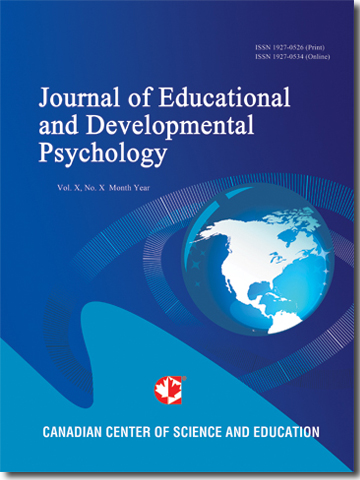Spectrum of Anxiety Disorders Among Medical Students in a Nigerian Medical School: A Cross-Sectional Study With Standardized Screening Tools
- A. T. Chinawa
- J. M. Chinawa
- E. Aniwada
- Oge Amadi
- A. C. Ndukuba
- S. N. Uwaezuoke
Abstract
BACKGROUND: Anxiety disorders among medical students constitute a global problem, and also reflect the mental state of the general population. There is paucity of data on the spectrum of such disorders among medical students in Nigeria.
AIM: The study aims to determine the prevalence of anxiety disorders among medical students, and the effect of socio-demographic characteristics.
METHODS: A total of 217 medical students from the second to the final years of study at Enugu State University of Science and Technology in south-east Nigeria were enrolled by simple random sampling. Five pretested, self- administered standardized questionnaires were used as screening tools for anxiety disorders. Data were analyzed using the Statistical Package for Social Sciences program (SPSS version 20). A p-value less than 0.05 was taken as statistically significant.
RESULTS: Thirty one (14.3%) of the enrolled medical students fulfilled the screening criteria for anxiety disorders. Specifically, generalized anxiety disorder (GAD) was significantly related to gender (p =0.017) and the year of study (p =0.017). Post-traumatic stress disorder (PTSD) was significantly related to the year of study (p =0.037), and social anxiety disorder (SAD) to the year of study (p =0.003) and gender (p =0.04). Similarly, panic disorder was significantly related to the year of study (p =0.025) while specific phobia was significantly associated with marital status (p =0.003), parental monthly income (p =0.022) and student’s monthly allowance (p =0.002). Finally, obsessive-compulsive disorder was significantly related to marital status (p =0.034) and year of study (p =0.028).
CONCLUSION: Medical students in Nigeria are prone to a spectrum of anxiety disorders. This susceptibility is influenced by socio-demographic characteristics.
- Full Text:
 PDF
PDF
- DOI:10.5539/jedp.v8n2p132
Journal Metrics
(The data was calculated based on Google Scholar Citations)
1. Google-based Impact Factor (2021): 1.11
2. h-index (December 2021): 29
3. i10-index (December 2021): 87
4. h5-index (December 2021): N/A
5. h5-median (December 2021): N/A
Index
- Academic Journals Database
- CNKI Scholar
- Copyright Clearance Center
- CrossRef
- Elektronische Zeitschriftenbibliothek (EZB)
- EuroPub Database
- Excellence in Research for Australia (ERA)
- Harvard Library
- Jisc Library Hub Discover
- JournalSeek
- JournalTOCs
- LIVIVO (ZB MED)
- LOCKSS
- MIAR
- Open Access Journals Search Engine(OAJSE)
- PKP Open Archives Harvester
- Publons
- ROAD
- Scilit
- SHERPA/RoMEO
- Standard Periodical Directory
- Stanford Libraries
- Technische Informationsbibliothek (TIB)
- UCR Library
- UoB Library
- WorldCat
- Zeitschriften Daten Bank (ZDB)
Contact
- Carol WongEditorial Assistant
- jedp@ccsenet.org
